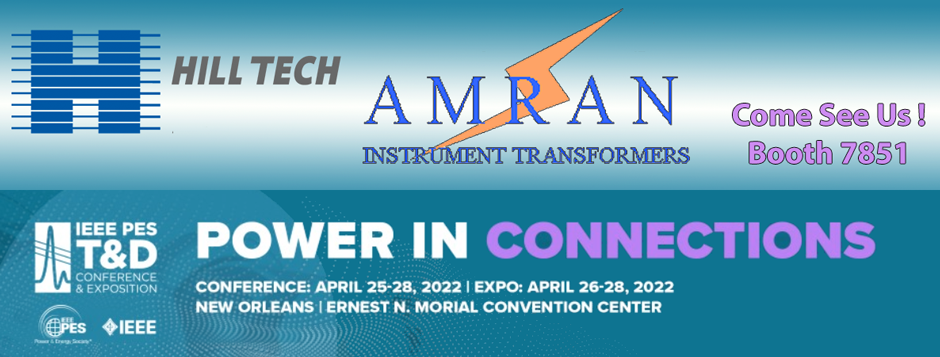
Don’t use a standard DC Fuse or PV Fuse for DC Battery Energy Storage (ES)
Battery Energy Storage applications are becoming very common from small UPS installations in server rooms to Distributed Energy Storage Systems up to grid-scale, battery-based energy storage systems capable of supporting multi-MW systems.
Advantage of Battery Energy Storage:
- Absorbing and discharging power.
- Responding within milliseconds.
- Easily scaled for right-sized deployment.
Battery Energy Storage can enable MW alternative energy generation systems to supply critical grid stability services, mitigating the intermittency of typical installations and can lower the cost to operate alternative energy generation systems.
Battery Energy Storage also allows for Flexible-Peaking-Capacity. This not only pertains to enhancing the grid for reliability, but for buildings, campuses, and enterprises applications; back-up power can be as important as reducing demand charges for peak or seasonal power rates. Lastly, these systems can provide fast-response frequency regulation and load balancing to the grid.
With all of these advantages Battery Energy Storage has some very difficult protection challenges that are not immediately apparent. If not done correctly catastrophic damage can occur to your installation. And to add insult to injury, you may have purchased expensive protection that may not only be inappropriate for the application but in some cases dangerous.
Why not just use an AC fuse de-rated for DC applications or standard DC fuse?
DC operating voltages narrow your selection of fuses
Many Grid-Scale, battery-based energy storage systems operate at 1000 to 1500VDC and most fuses in the market are designed for AC applications. Suppliers will apply a de-rating factor to these AC Fuses which may allow for implementation in DC systems; however most of these AC fuses, even with a de-rating applied, cannot be readily used in DC-based circuits.
Ability to interrupt high fault currents
When switching over from mains to battery operation, discharge currents result, which require faster-acting and more specific fuse elements. ES applications typically necessitate short circuit currents beyond the capabilities of standard DC fuses. For example, these applications can see Short Circuit Currents of greater than 200kA with an L/R of less than 3 ms. Note that a typical gPV DC class fuse (Photo-voltaic) with a URPV UL 2579 approval only has a rated breaking capacity of 30 kA at L/R of 3ms. These fuses are unable to interrupt the fault current before system damage occurs.
Other unique attributes
There are other design considerations unique to Battery Energy Storage in addition to operating voltage and operating current to evaluate, these are:
- Rated voltage present at the end of the specified discharge duration.
- Ambient temperature.
- Discharge duration and/or charging/discharging frequency.
Let’s get started to properly protect ES systems!
To meet the protection needs of Battery Energy Storage, we offer fuses for direct currents of: 80 VDC, 440 VDC, 550 VDC, 720 VDC, 1000 VDC and 1500 VDC, and rated currents up to 2500 amps. These are designed specifically for ES applications.
We can assist in sizing the appropriate fuse for your Battery ES applications. Supply as much of the below information as possible and sent to sales@hilltech.com.
- Charge / discharge cycle time; load profile.
- What is the L/R of the system?
- Is there a peak current (let-through) current requirement?
- Steady state current.
- Available short circuit current.
- DC voltage of the batteries in the charged state and minimum voltage.
- Nominal operating voltage.
- Ambient temperature.
- Environmental conditions.





